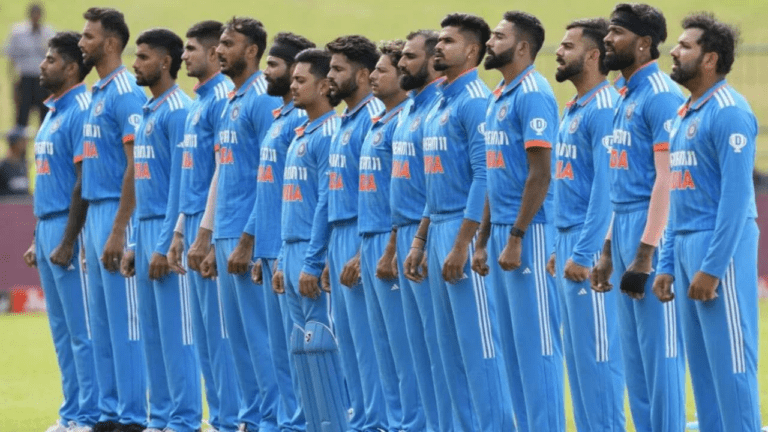IPL and Data Analytics: Maximizing Performance on and off the Field
Reddy Anna Book, Reddy Book Club: Data analytics has revolutionized the way teams approach the Indian Premier League (IPL). One key strategy is to harness player performance data to identify strengths and weaknesses. By analyzing historical data, teams can make informed decisions on team composition, batting orders, and bowling rotations to maximize success on the field. This data-driven approach empowers teams to optimize player roles, track progress, and adapt strategies as needed throughout the tournament.
Another critical strategy is the use of match analysis to gain a competitive edge. By leveraging data analytics to dissect opponents’ playing styles, strengths, and weaknesses, teams can tailor their game plans for specific matchups. Understanding patterns in opponents’ performances can inform strategic decisions on field placements, bowling tactics, and batting strategies, ultimately increasing the chances of victory in high-stakes IPL matches.
The Role of Predictive Analytics in Improving Player Performance
Predictive analytics plays a crucial role in enhancing player performance in the Indian Premier League (IPL). By diving deep into historical data and performance metrics of players, teams can identify patterns and trends that can help them make informed decisions to improve player skills and overall team performance. Through predictive modeling, teams can anticipate potential outcomes, spot weaknesses, and capitalize on strengths to optimize player performance on the field.
Moreover, predictive analytics enables teams to personalize training programs and strategies for individual players based on their unique data profiles. By analyzing factors such as player fitness levels, match conditions, opposition strengths, and historical performance data, teams can tailor their coaching and training methods to address specific areas of improvement for each player. This personalized approach can lead to better player development, enhanced team chemistry, and ultimately contribute to elevated performance levels in the highly competitive environment of the IPL.
Utilizing Data Visualization Tools for Better Decision Making
Data visualization tools play a vital role in streamlining decision-making processes in various fields, including sports like the Indian Premier League (IPL). By transforming complex data sets into easy-to-understand graphs, charts, and infographics, these tools enable team management and coaching staff to quickly identify trends, patterns, and outliers that might otherwise remain hidden in raw data. With visual representations of performance metrics, player statistics, and match insights, decision-makers can make informed strategic decisions that can ultimately impact team success on the field.
In the context of the IPL, data visualization tools can help teams analyze player performance, opposition strategies, and match outcomes more effectively. Coaches and analysts can use these tools to identify areas for improvement, assess player strengths and weaknesses, and devise game plans tailored to exploit opponent vulnerabilities. By visually representing data, decision-makers can communicate insights more clearly, collaborate on strategies more efficiently, and adjust tactics in real-time based on the dynamic nature of the game.







